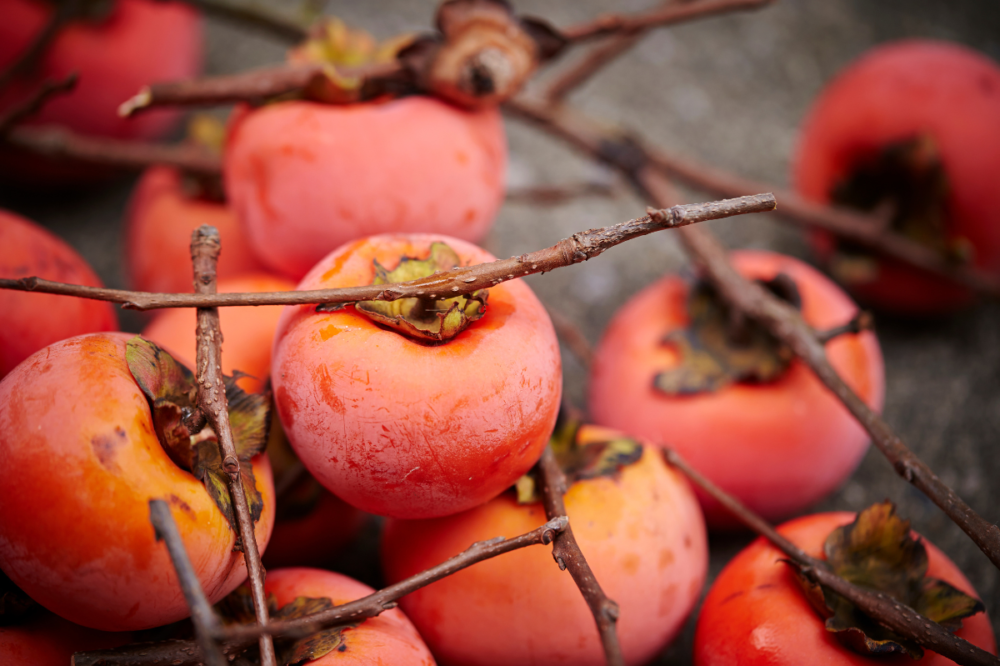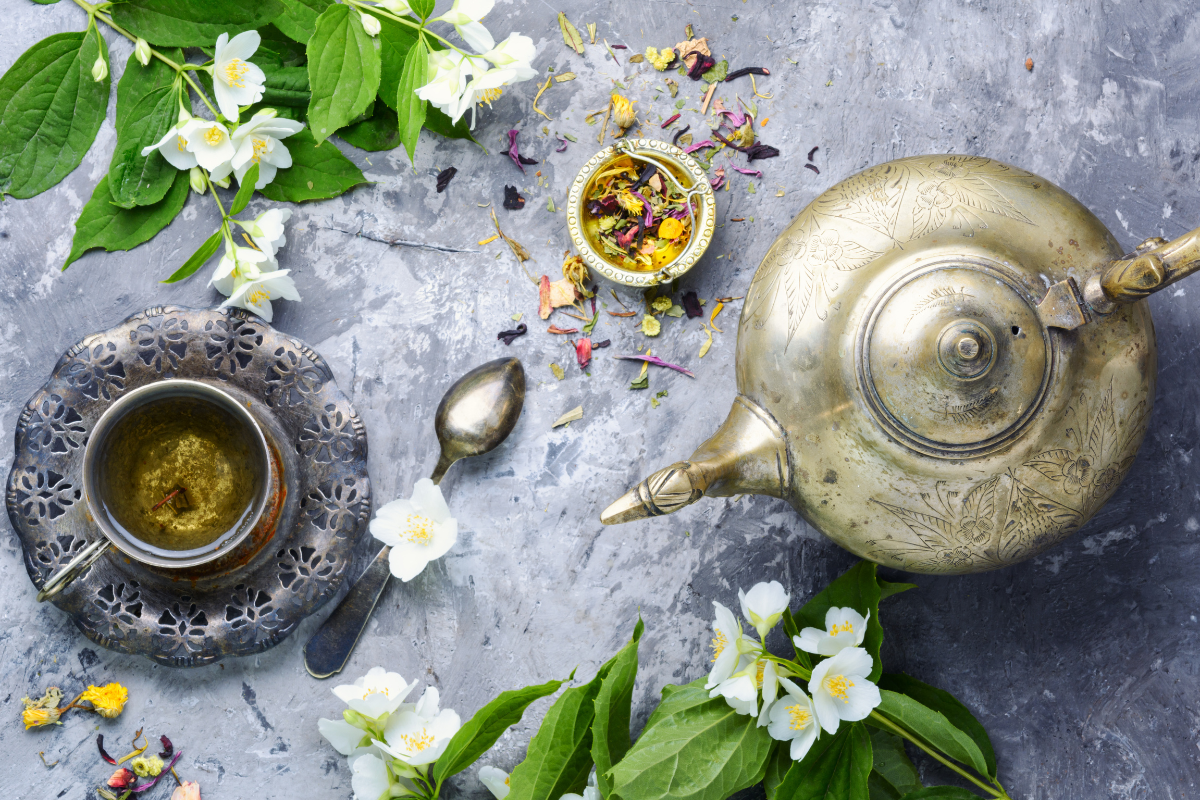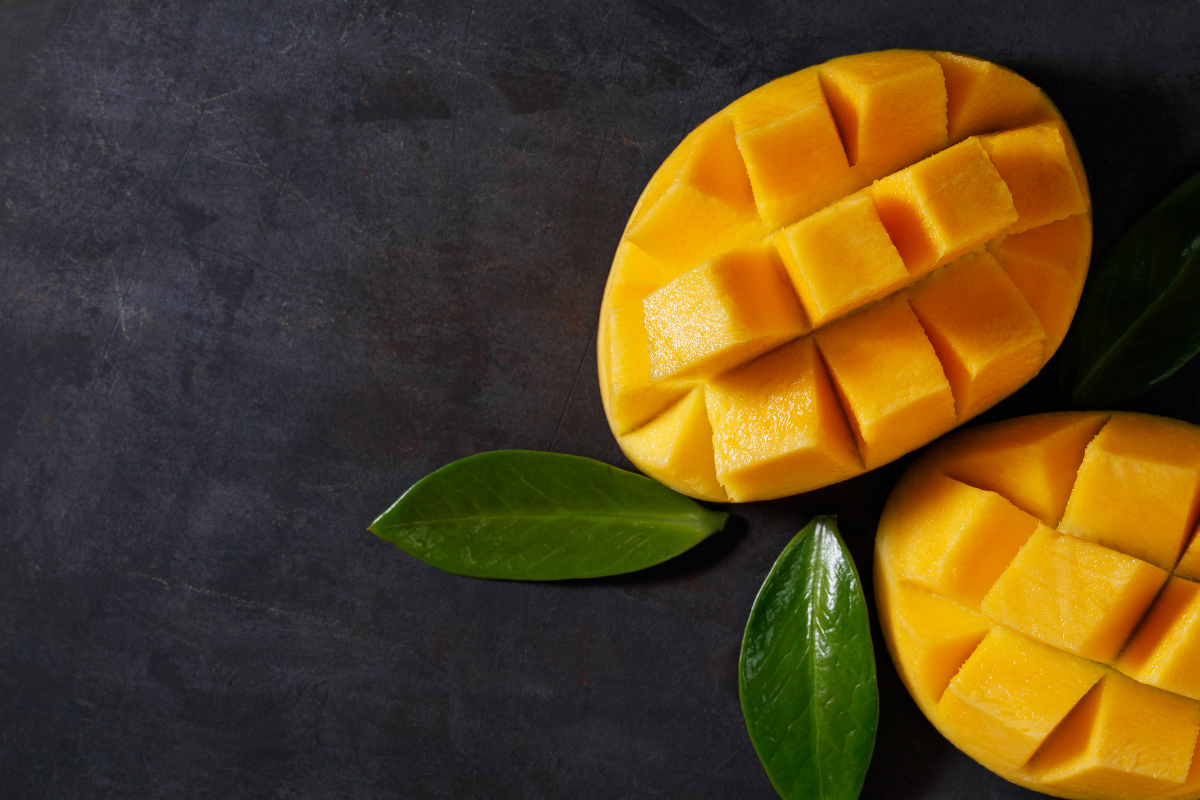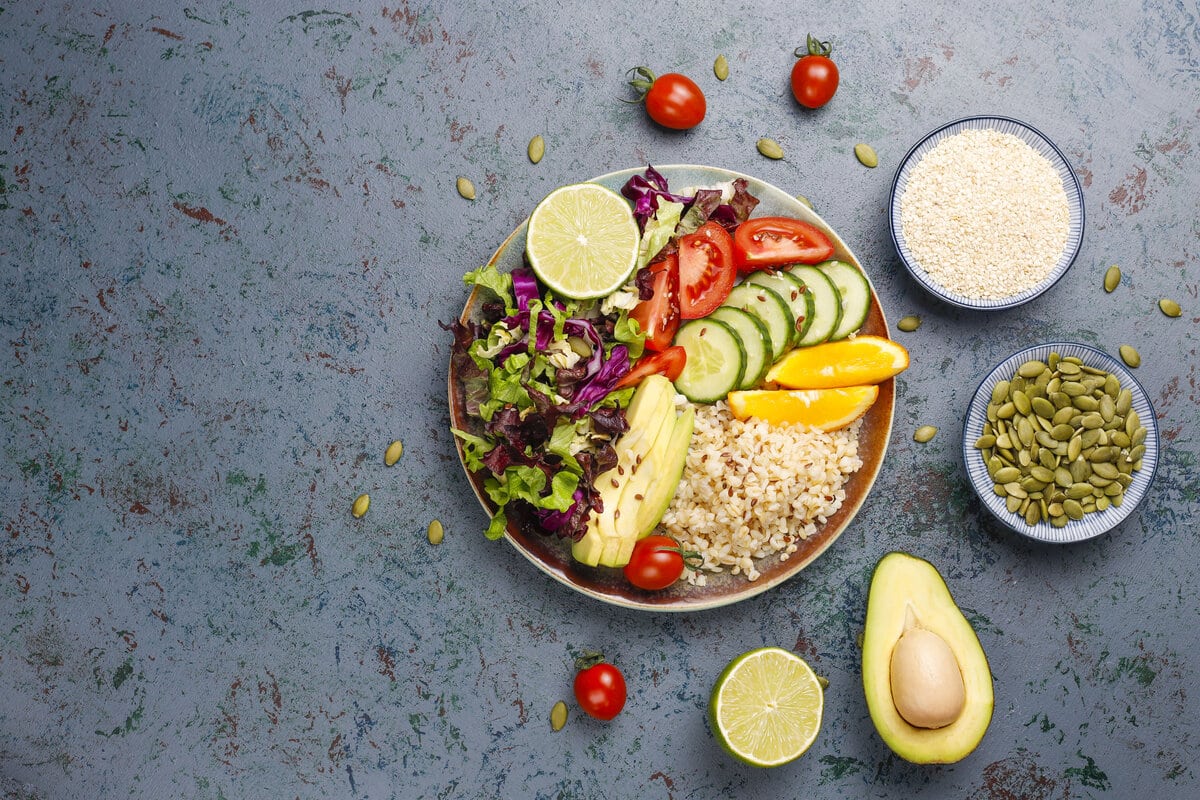Persimmon benefits & calories!

Table of Contents
What is a persimmon and what is a lotus?
The persimmon fruit (or lotus in Greek) is known to many from mythology, since Homer’s Odyssey mentions the island of the Lotus Eaters, where those who ate this tasty fruit forgot what was tormenting them and ceased to be motivated to pursue their goals.
There is often confusion around the lotus, as in Greece we use that name for both the fruit commonly known as persimmon (Diospyros) which belongs to the Ebenaceae family, as well as for the lotus plant or sacred lotus or Indian lotus (Nelumbo nucifera) that has been used for centuries in Asian cuisine and traditional medicine.
The persimmon is also called the “food of the Gods” and is the national fruit of Japan. It has an orange color (varies from yellow to red) and one can find it on the market from September to December.
There are several varieties (e.g. Hachiya, Fuyu), with certain ones being more prevalent in each geographical area. The general categorization regarding persimmons separates their varieties into astringent and non-astringent.
Ripe fruits from the varieties found on the market are characterized as sweet and particularly tasty, while when the fruit is not ripe enough it has a bitter and astringent taste.
It is also worth noting that the lotuses mentioned in the texts of ancient Greece almost certainly refer to other types of plants and not to Diospyros.
As for the lotus that we find abroad (Nelumbo nucifera), it is a plant of great importance to the Asian population, which has flowers, leaves and roots that are used both in their gastronomy and in their medicinal tradition.
What vitamins do persimmon & lotus have?
Persimmons (Diospyros) are a source of many nutrients, such as vitamins, minerals and antioxidants, which are contained in different amounts depending on the variety. [1]
Specifically, they are rich in potassium, phosphorus, manganese, calcium and vitamins A and C, while they also contain some vitamins of the B complex (B1, B2, B3, B6, B9). They are also a source of beneficial phytochemicals (carotenoids, proanthocyanidins, flavonoids, tannins). [1]
A medium persimmon weighs about 170 grams and provides very few calories for its weight, contains little fat and is cholesterol-free. On the other hand, it contains a large amount of carbohydrates, fiber and water. [2]
168 grams of persimmon contains approximately: [2]
- Energy: 118 kcal
- Water: 130 g
- Protein: 1 g
- Fat: 0.3 g
- Carbohydrates: 31 g
- Fiber: 6 g
- Sugars: 21 g
- Calcium: 13 mg
- Phosphorus: 29 mg
- Potassium: 270 mg
- Copper: 0.2 mg
- Manganese: 0.6 mg
- Vitamin A: 136 mcg
- Vitamin C: 12.6 mg
- Lycopene: 267 mcg
- Lutein & Zeaxanthin: 1400 mcg
Lotus root (Nelumbo nucifera), on the other hand, is also high in nutritional value. Half a cup of boiled rhizome (60g) provides about 40 kcal and contains 10 g of carbohydrates, 2g of fiber, 0.3g of simple sugars and 1g of protein. In addition, it is a very good source of vitamin C (14.6 mg) and B vitamins. [3]
Lotus & persimmon benefits
There is a reason that the persimmon (Diospyros) has been consumed for many years by many different cultures. Thanks to the valuable ingredients it contains, it supports the health of the body and protects against many diseases. [1]
In particular, it is beneficial for eye health and vision, which is due to its high content of vitamin A and antioxidant phytochemical components (e.g. lutein). [1]
In addition, it prevents the occurrence of various diseases, through the protection it provides against oxidative damage (antioxidant action). It has been shown, in fact, that its consumption contributes to heart health and protection from neurodegenerative diseases (e.g. Alzheimer’s). [1]
Furthermore, it supports the body’s defense (immune booster) and protects against inflammation (anti-inflammatory effect), while indirectly contributing to weight control, as it contains few calories, quickly leads to satiety and acts against constipation. [1]
Finally, persimmon can also help reduce cholesterol and maintain healthy blood pressure, while protecting against diabetes and atherosclerosis. [1][4]
The lotus is also very nutritious and has been used since ancient times in traditional medicine (Ayurveda, Chinese medicine, etc.). According to research – although more human data is needed – lotus has the following properties: [5][6]
- Antioxidant
- Anti-inflammatory
- Antibacterial
- Antifungal
- Antidiabetic
- Antipyretic
- Antidiarrheal
- Expectorant
In addition, it seems to help people with severe stress, support digestive function and oral hygiene, while it can also contribute to the reduction of cholesterol and blood pressure, fatty liver and weight control. [5][6]
Also, lotus enhances skin beauty and health, that’s why it is a key ingredient in many beauty products:
- Jowae Anti-imperfections Purifying Gel: Based on the Korean philosophy, a conditioning cream-gel for combination and oily skin, which fights imperfections, leaving the skin fresh and radiant.
- Organic Shop Indian Lotus: Body cream with organic lotus and 5 nourishing vegetable oils.
- 7DAYS Go Vegan Blue Day Anti-Stress: Beauty mask for detoxification and elasticity of the skin. Here lotus is combined with blueberries, matcha and agave!
How to eat a persimmon & a lotus?
Depending on the lotus we are referring to, there are different ways of using it in the kitchen.
-
Persimmon (Diospyros)
The persimmon fruit, in addition to being an ideal snack for any moment of the day, can be added – as is or dried – to salads, cereal/granola bowls, yogurt, frozen yogurt or even ice cream.
With persimmons you can also make wonderful jam, tarts, cakes and other sweets (e.g. pudding and jelly), while it can also be used in the preparation of bread and energy bars.
In addition, the soft inside of a ripe persimmon can be added to smoothies or used to make sauces with a sweet taste that will elevate the taste experience in your meals.
-
Lotus (Nelumbo nucifera)
Almost all parts of the lotus are edible (flowers, seeds, root) and are widely used in Asian cuisine. Lotus root, in particular, is a standard ingredient in various soups, as it enhances the taste and nutritional value of the meal.
Lotus is also used as a flavor enhancer in various drinks and sweets, while its beautiful flowers and its root, which has a shape reminiscent of a snowflake or a flower, are often added to foods as a garnish.
Lotus & persimmon side effects
Both persimmons and the lotus plant are generally considered safe to consume and have minimal side effects.
-
Persimmon (Diospyros)
As expected, since this particular fruit is widely consumed, it is completely safe and even very nutritious! Everything, however, should be consumed in moderation.
It is recommended not to eat too many at once, as excessive consumption can be dangerous due to the fruit’s high tannin content. Furthermore, if you eat too many – especially on an empty stomach – it may lead to diarrhea and/or increase your blood glucose levels.
Also, it is not excluded that an allergic reaction may occur from eating persimmons, although this is a fairly rare phenomenon. In this case, allergy symptoms might include nausea and stomach pain. [7]
-
Lotus (Nelumbo nucifera)
Lotus is safe when used in cooking or to make tea. When taken, however, as a dietary supplement or large doses of it are consumed, it is worth emphasizing that it is sometimes contraindicated.
In particular, it is good to avoid taking it during pregnancy and breastfeeding, due to insufficient data regarding the safety of its consumption during that period. In addition, it should be avoided if you are on antidiabetic treatment and/or if you have a planned surgery (stop taking at least 2 weeks before the surgery).
When taken as a dietary supplement, the recommended dosage per day should always be followed to prevent any side effects from happening. It is also worth mentioning that in some people its consumption may cause itching or other types of skin irritation.
References:
Disclaimer
The content of this blogspot is not and can not be considered as medical advice, diagnosis or treatment. All information is provided to readers solely for informational purposes. There is no intention to substitute this content for personalized medical advice, diagnosis, prognosis or treatment.








Leave a comment